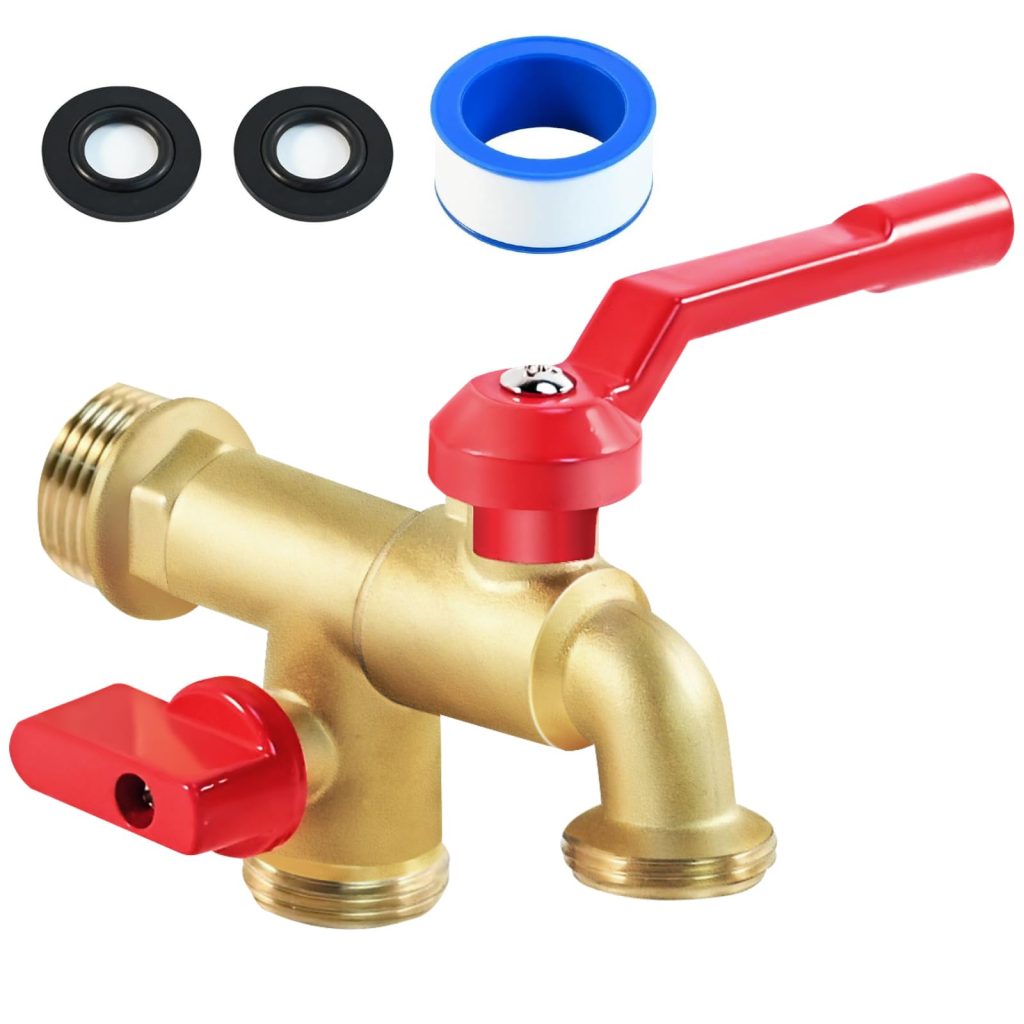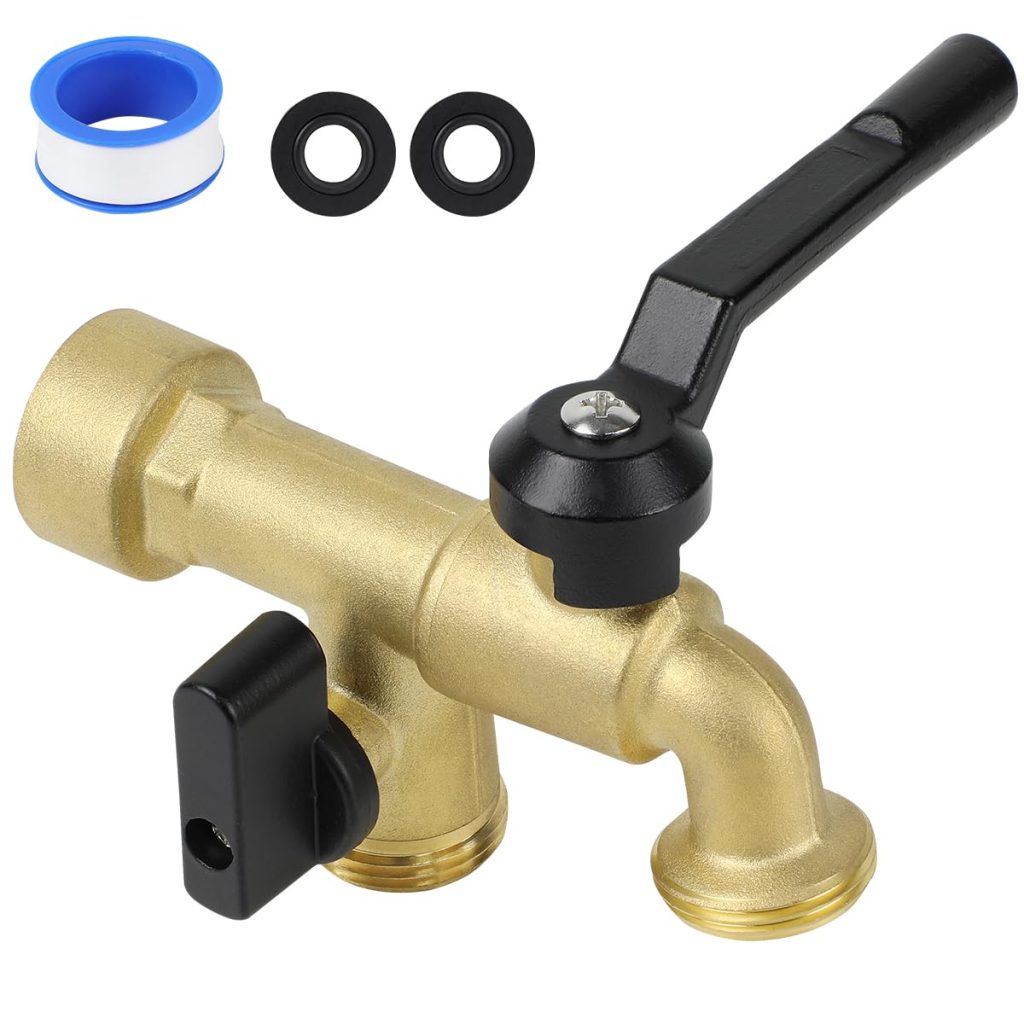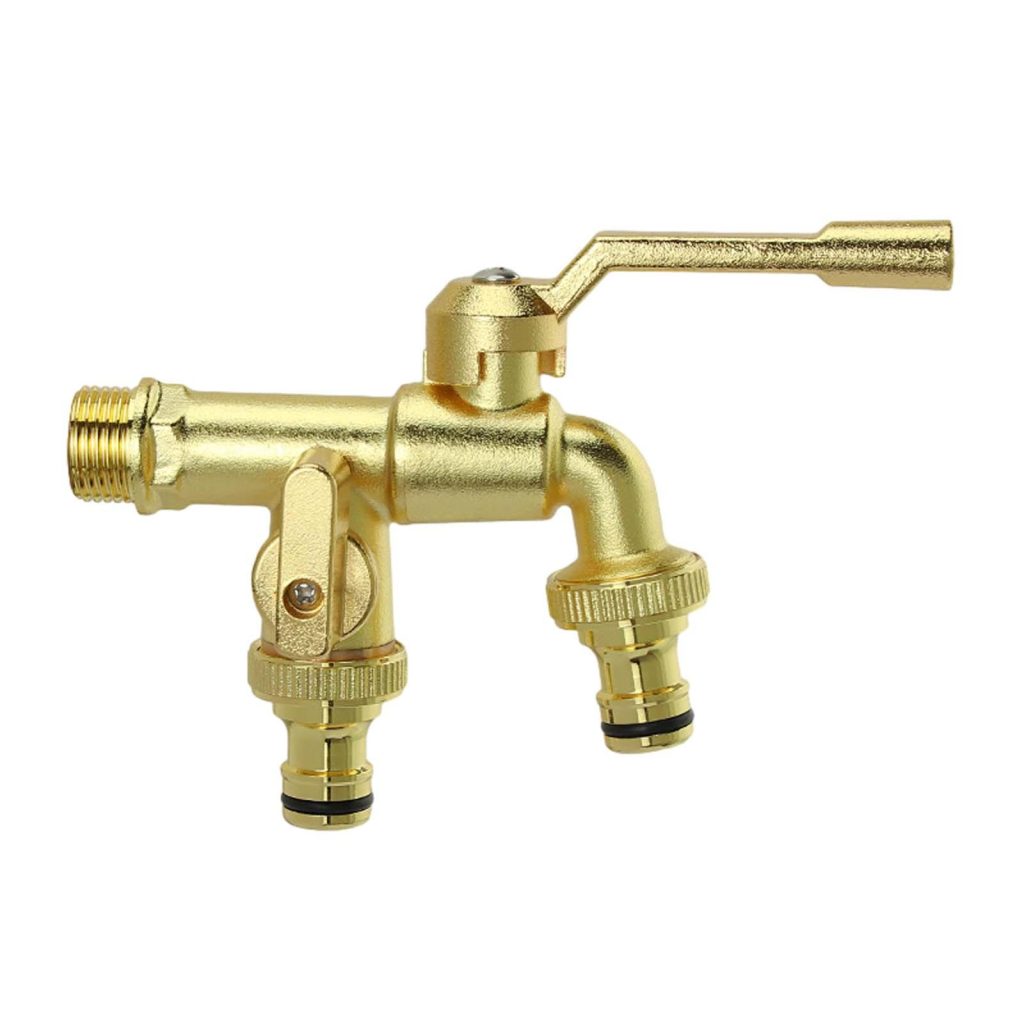What happens if outside faucets freeze? Outdoor faucets are a convenient fixture for watering gardens, washing cars, and other outdoor tasks. However, during the cold winter months, these faucets are at risk of freezing, which can lead to a range of problems. In this article, we will discuss the causes and consequences of frozen outdoor faucets, as well as how to prevent and deal with this issue.

Causes of Frozen Outdoor Faucets
Frozen outdoor faucets are typically caused by two main factors: exposure to cold temperatures and inadequate insulation. When the temperature drops below freezing, the water inside the faucet and the connected pipes can freeze, leading to blockages and other issues. Insufficient insulation around the faucet and pipes can exacerbate this problem, as it fails to protect them from the cold.
Consequences of Frozen Outdoor Faucets
The consequences of frozen outdoor faucets can be significant and costly. Here are some of the most common issues that can arise:
- Burst Pipes: When water freezes inside the pipes, it expands, which can cause the pipes to burst. This can lead to water damage and costly repairs.
- Water Damage: If a burst pipe goes undetected, it can result in water damage to the surrounding area, including walls, floors, and other structures.
- Lack of Access to Water: Frozen outdoor faucets can prevent access to water for outdoor tasks, which can be inconvenient and frustrating.
- Damage to the Faucet: The pressure caused by frozen water can cause damage to the faucet itself, leading to leaks and other issues.
Preventing Frozen Outdoor Faucets
Fortunately, there are several steps that can be taken to prevent outdoor faucets from freezing:
- Insulate the Faucet and Pipes: Adding insulation around the faucet and pipes can help protect them from the cold. This can be done using foam sleeves or heat tape.
- Drain the Faucet: Before the onset of cold weather, it is important to drain any water from the outdoor faucet to prevent it from freezing.
- Shut Off the Water Supply: Turning off the water supply to the outdoor faucet can help prevent frozen pipes. This can be done by closing the shut-off valve located inside the house.

Dealing with Frozen Outdoor Faucets
If an outdoor faucet does freeze, it is important to take action to prevent further damage. Here are some steps to deal with frozen outdoor faucets:
- Thaw the Faucet: Applying heat to the faucet can help thaw the frozen water. This can be done using a hairdryer, heat lamp, or other heating source.
- Inspect for Damage: After the faucet has thawed, it is important to inspect the pipes and faucet for any damage, such as cracks or leaks.
- Call a Professional: If there is significant damage to the pipes or faucet, it is important to call a professional plumber to assess and repair the issue.
How to deal with outside faucets freeze
When the temperatures drop significantly, one of the most common plumbing issues that homeowners face is frozen outside faucets. It can be a major inconvenience and also lead to costly repairs if not addressed properly. However, with the right approach, you can prevent outside faucets from freezing and deal with the issue effectively if it does happen.
Understanding the Problem
Before we delve into the methods to deal with frozen outside faucets, it’s important to understand why and how this problem occurs. When the temperature drops below freezing, the water inside the pipes and faucet can freeze, causing the pipes to expand and potentially burst. This can lead to leaks and water damage, not to mention the inconvenience of not being able to use the outside faucet.
Preventive Measures
The best way to deal with frozen outside faucets is to prevent them from freezing in the first place. Here are some preventive measures you can take:
- Shut off the water supply: Before the cold weather sets in, shut off the water supply to the outside faucets. This will prevent any water from getting trapped in the pipes and freezing.
- Drain the pipes: After shutting off the water supply, open the outside faucets to allow any remaining water to drain out. This will further reduce the risk of freezing.
- Insulate the pipes: You can also insulate the outside pipes with foam insulation sleeves or wrap them with electrical heating tape to provide extra protection against freezing.
- Keep the faucet dripping: During extremely cold weather, you can leave the outside faucet slightly dripping. The constant flow of water can prevent freezing from occurring.

Dealing with Frozen Faucets
Despite taking preventive measures, you may still find yourself dealing with a frozen outside faucet. Here’s how you can effectively handle the situation:
Thaw the faucet:
If you suspect that the outside faucet is frozen, the first step is to try to thaw it. You can use a heat gun, hairdryer, or even a hot towel to gently warm the faucet and thaw the ice inside the pipes. Avoid using an open flame as it can damage the pipes.
Turn off the water supply:
If you are unable to thaw the faucet or if you suspect that the pipes are already burst, turn off the water supply to the affected area to prevent further damage.
Check for leaks:
Once the faucet is thawed, check for any leaks or damage to the pipes. If there are any signs of leaks, it’s best to contact a professional plumber to assess the situation and make any necessary repairs.
Insulate the pipes:
After dealing with the frozen faucet, take steps to insulate the pipes and faucets to prevent freezing from occurring again.
The role of outside faucets
Watering the Garden
One of the primary uses of outside faucets is for watering the garden. Plants, flowers, and grass need a consistent water supply to thrive, especially during the hot summer months. Outside faucets provide a convenient and accessible source of water for garden maintenance. Whether it’s attaching a garden hose or using a watering can, outside faucets make it easy to keep the garden properly hydrated, ensuring that plants and flowers look lush and vibrant.
Cleaning Outdoor Spaces
In addition to watering the garden, outside faucets are also used for cleaning outdoor spaces. Whether it’s removing dirt and debris from the patio, washing outdoor furniture, or cleaning the exterior of the house, outside faucets provide the water needed to complete these tasks. The high water pressure from an outside faucet can help to effectively remove stubborn grime, making outdoor cleaning a much more manageable and efficient process.
Washing the Car
Another common use of outside faucets is for washing the car. Maintaining a clean and polished vehicle not only enhances its appearance but also helps to protect the paint and bodywork from damage. Outside faucets, equipped with a hose and nozzle, facilitate the task of washing the car, providing a continuous stream of water to remove dirt and grime from the surface. This makes it easy for homeowners to keep their vehicles clean without having to rely on commercial car wash services.

Conclusion
Frozen outdoor faucets can lead to a range of problems, including burst pipes, water damage. And lack of access to water. However, by taking preventative measures, such as insulating the faucet and pipes, draining the faucet. And shutting off the water supply, it is possible to avoid these issues. In the event that an outdoor faucet does freeze, it is important to thaw it and inspect for damage. And seek professional help if necessary. By being proactive and attentive to the condition of outdoor faucets. It is possible to avoid the consequences of frozen outdoor faucets.
